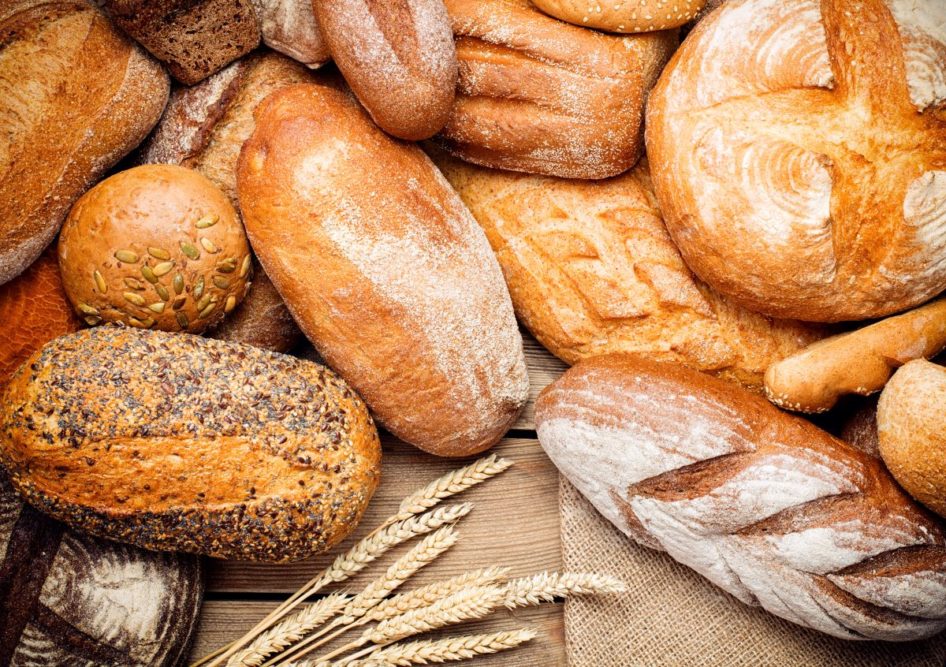WASHINGTON — After falling to a 32-year low in 2021, per capita flour consumption jumped 3.5 lbs in 2022 to 132.7 lbs, according to data issued by the Economic Research Service of the US Department of Agriculture.
The 3.5-lb increase was the largest year-to-year increase this century, eclipsed most recently in 1996 when per capita consumption jumped 6.4 lbs from the year before. The 2022 increase followed, in turn, a 2.4-lb drop in 2021, the steepest decrease in per capita consumption since the figure fell 5.2 lbs and then 4.2 lbs in the consecutive years 2001 and 2002 as the Atkins dieting moved toward a crescendo.
At 132.7 lbs, per capita flour disappearance was the highest since 132.8 lbs in 2018 and was in line with figures from the late 2010s (per capita consumption average 132.6 lbs between 2015-19).
That per capita consumption was up in 2022 was not unexpected given that flour production last year rose to a record 430.3 million cwts, up 9.1 million cwts from 2021. Still, that increase of 2.2% was smaller than the 2.7% jump in per capita consumption.
Further boosting the per capita number was an increase of imports in 2022 of flour, semolina, pasta, bulgur and couscous, a figure that is added to flour production to comprise flour supply. Imports in 2022 were 19,655,000 cwts, up 3,454,000 cwts, or 21%, from 16,201,000 cwts in 2021. Meanwhile, exports of flour were down 623,000 cwts to a new low of 4,473,000 cwts. Flour product exports also were lower, by about 200,000 cwts.
Total domestic disappearance of flour in 2022 was a record 442,589,000 cwts, up 13,382,000 cwts, or 3.1%, from 429,207,000 cwts. Per capita flour consumption in 2022 of 132.7 lbs was calculated based on a US population figure of 333,530,000 (calendar year average population), up 1,216,000 from the year before. The gain of 1.2 million in the US population topped 1.1 million in 2021 but was otherwise the smallest population increase in decades. The population grew by 2,775,000 in 2020 and was growing by more than 3 million a year in the 1990s.




